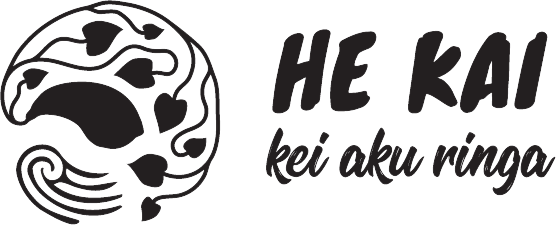09 Nov A Webinar with Cameron Ormsby
Cameron Ormsby.
Cameron Ormsby works for the Hawke’s Bay District Health Board as a health protection officer, a role which has a strong emphasis on environmental health. The focus of environmental health is to look at the link between the health of the environment and the health of whānau. Cameron recognised that whānau in the Hawkes Bay area were facing serious challenges, one of which included the difficulty of accessing safe drinking water.
“I see the disconnect between how our environment is awhi’d and the ever continuing mantra of growth and development,” he says. “Whānau can’t swim safely in our awa, the Tūtaekurī River. This forced my whānau and I into action.”
This action began two years ago when Cameron and his whānau made a decision to make a difference. After many discussions and consultations with the four hapū that whakapapa to the awa, they wrote a River Management Plan for the Tūtaekurī River. This plan set out the aspirations of the hapū for the health of the local taiao and awa. They laid out a policy and research direction that the hapū wanted to see implemented within the local and district councils. A key goal was to cover the edges of the rivers and streams with native trees with the aim of these trees providing homes for manu and ngārara while also preventing pollutants from reaching the waterways.
Cameron Ormsby attended a Waiariki wānanga held in Hawke’s Bay earlier this year. After hearing his presentation regarding his mahi around waterways in Hawke’s Bay, Toi Tangata saw an opportunity to share the mātauranga.
Since the plan’s development, Cameron and his whānau have gone on to complete a number of wānanga and projects which to date include establishing two cultural monitoring science projects in the Ahuriri Estuary, advocating on industrial discharge resource consents into Ahuriri Estuary and planting 2,000 native trees. They have also dug a drainage channel to establish a whitebait spawning area and have established a native nursery which is growing 1,000 flax, manuka, ti kouka, karo and tītoki trees.
“All this is mahi is done for aroha and in our spare time. This is our way of giving our tamariki and mokopuna a world that they can thrive in.”
From this background, Cameron will be talking about the connection between the health of the environment and whānau and his experience in leading his hapū to heal their river and moana.


